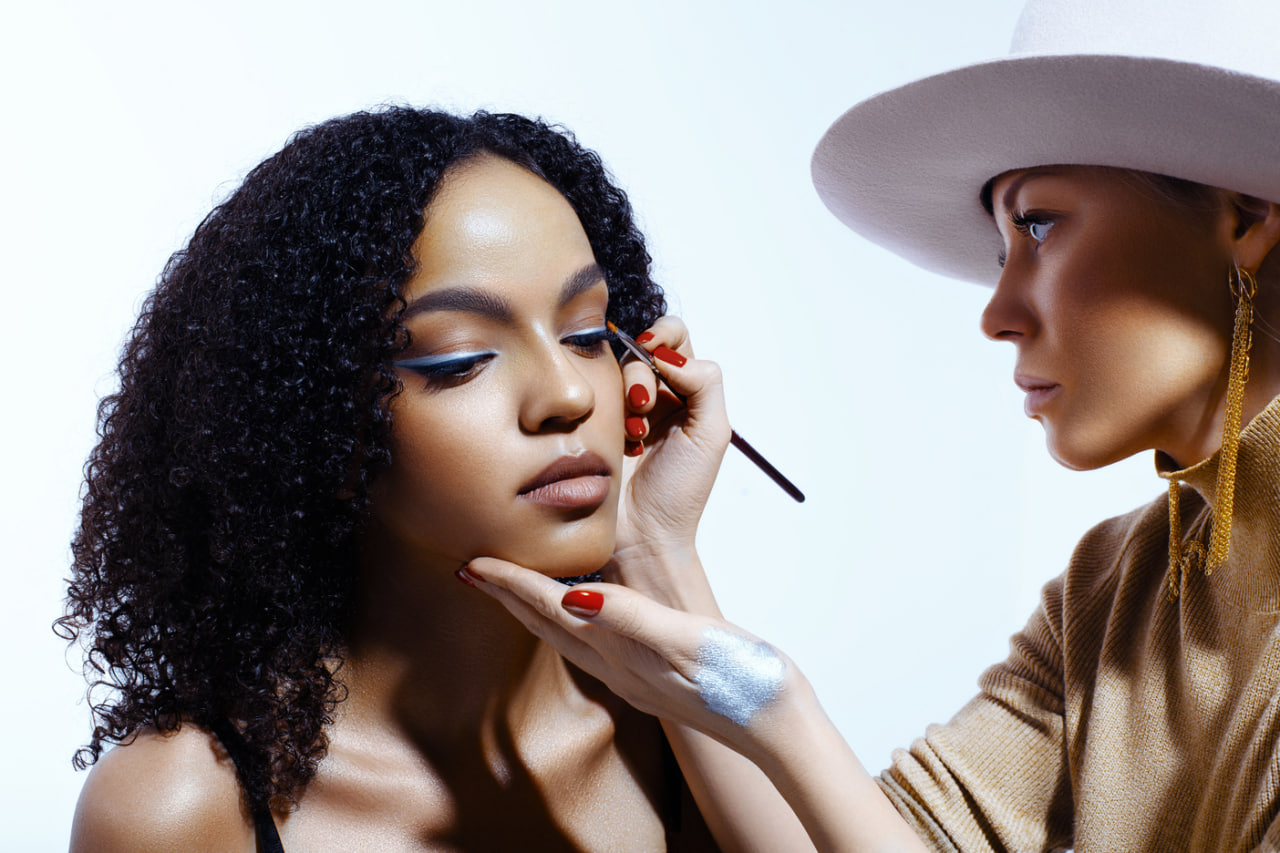Theatrical makeup is a specialized art form that requires technical skill, creativity, and attention to detail. Even experienced artists can make mistakes that affect the overall appearance and impact of a performance. Understanding common errors and learning how to avoid them ensures professional-quality results that enhance characters, storytelling, and audience engagement.
1. Ignoring Stage Lighting
Stage lighting dramatically affects how makeup appears to the audience. Colors and contrasts can look different under bright spotlights or dim, colored lighting. A common mistake is applying makeup based solely on natural light conditions, which can result in washed-out or overly dark appearances on stage.
How to Avoid: Test makeup under actual stage lighting whenever possible. Adjust shades, highlights, and shadows to ensure the intended effect is visible from every angle. Using stronger contrasts and exaggerated features can help characters remain expressive even from a distance.
2. Overlooking Skin Preparation
Failing to properly prepare the skin before makeup application can cause products to smudge, crack, or wear off prematurely. Dirt, oils, or dryness can interfere with adhesives, pigments, and prosthetics, reducing the durability of the makeup throughout the performance.
How to Avoid: Cleanse, moisturize, and prime the skin before starting. Use barrier creams or protective layers when working with prosthetics or heavy products. Proper preparation ensures longer-lasting results and a smoother, more professional finish.
3. Inconsistent Character Features
Consistency is crucial for maintaining character identity throughout a production. Inconsistent application of features, such as eyebrow shapes, scars, or prosthetic placement, can confuse the audience and break immersion. This is especially problematic in multi-scene performances or when multiple actors portray similar characters.
How to Avoid: Create reference sheets or model guides for each character. Take photos of completed makeup and note details like colors, contours, and placement. Regularly compare application to references to maintain consistency across performances.
4. Overcomplicating or Oversimplifying Makeup
Both extremes—overly complex designs and overly simple applications—can hinder storytelling. Overcomplicated makeup can be time-consuming, fragile, or distracting, while overly simple designs may fail to convey personality, age, or emotion effectively.
How to Avoid: Balance complexity with practicality. Focus on elements that enhance character recognition and expression, avoiding unnecessary details that don’t contribute to the story. Simplicity with precision often creates the strongest visual impact.
5. Neglecting Hygiene and Safety
Theatrical makeup involves close contact with skin, adhesives, and sometimes sharp or chemical tools. Neglecting hygiene can lead to skin irritation, allergic reactions, or cross-contamination between actors. Safety oversights can compromise both health and the integrity of the performance.
How to Avoid: Clean brushes, sponges, and tools regularly. Conduct patch tests for new products, and follow manufacturer guidelines for adhesives and prosthetics. Always prioritize safety while applying and removing makeup to ensure a healthy, professional environment.
Bonus Tip: Practice and Preparation
Many mistakes stem from insufficient practice or poor planning. Rushed application or lack of familiarity with techniques can lead to uneven, inconsistent, or ineffective results.
How to Avoid: Practice techniques on models or mannequins before performance day. Plan the sequence of application, allocate sufficient time, and rehearse complex effects to ensure smooth execution during live performances.

